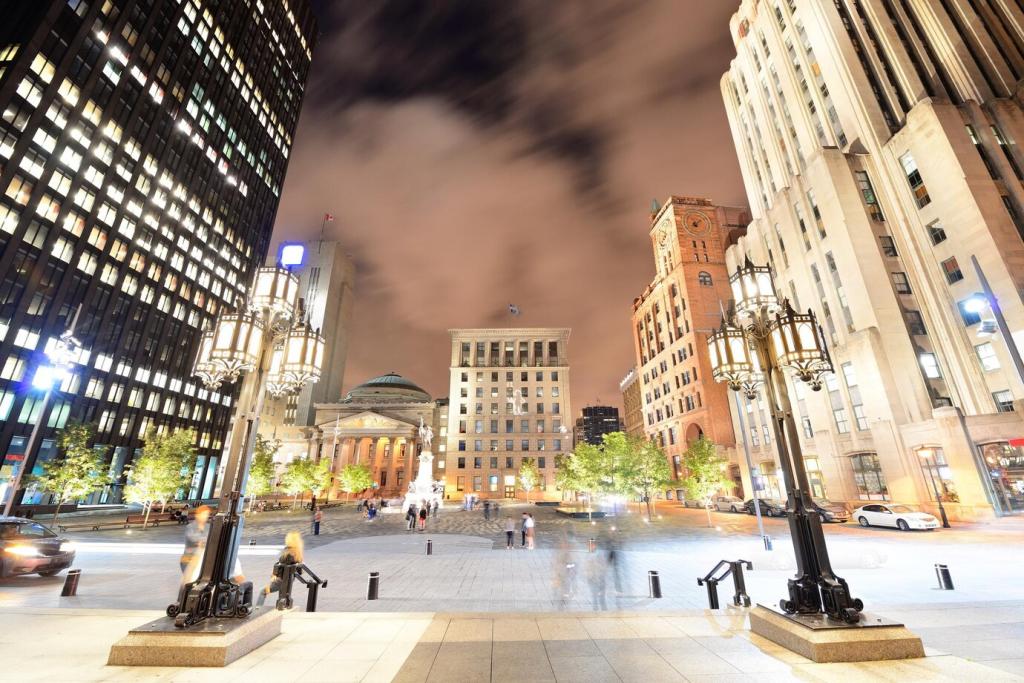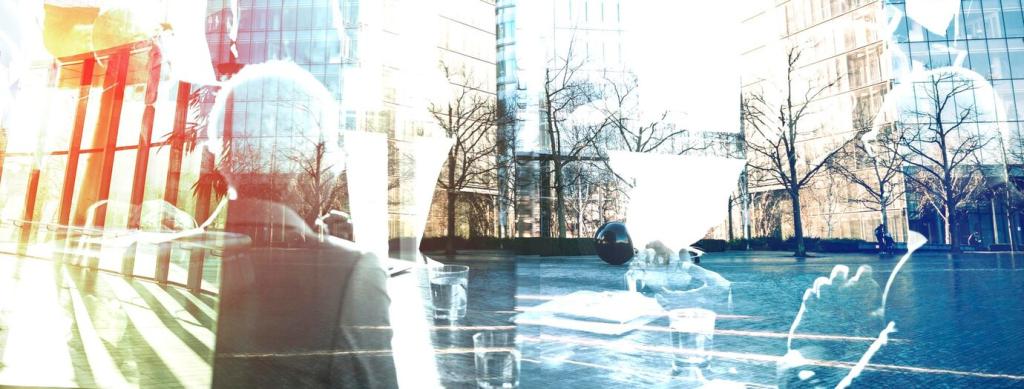How Urban Walks Enhance Community Well-being
Chosen theme: How Urban Walks Enhance Community Well-being. Step into the city as a living commons where every shared step builds trust, eases stress, and sparks friendships. Walk with us, share your route, and subscribe for weekly neighborhood challenges.


Group walks reliably raise serotonin and endorphins while lowering cortisol, especially over twenty minutes at conversational pace. People report calmer evenings, better sleep, and a surprising lightness that lingers long after shoes are untied.
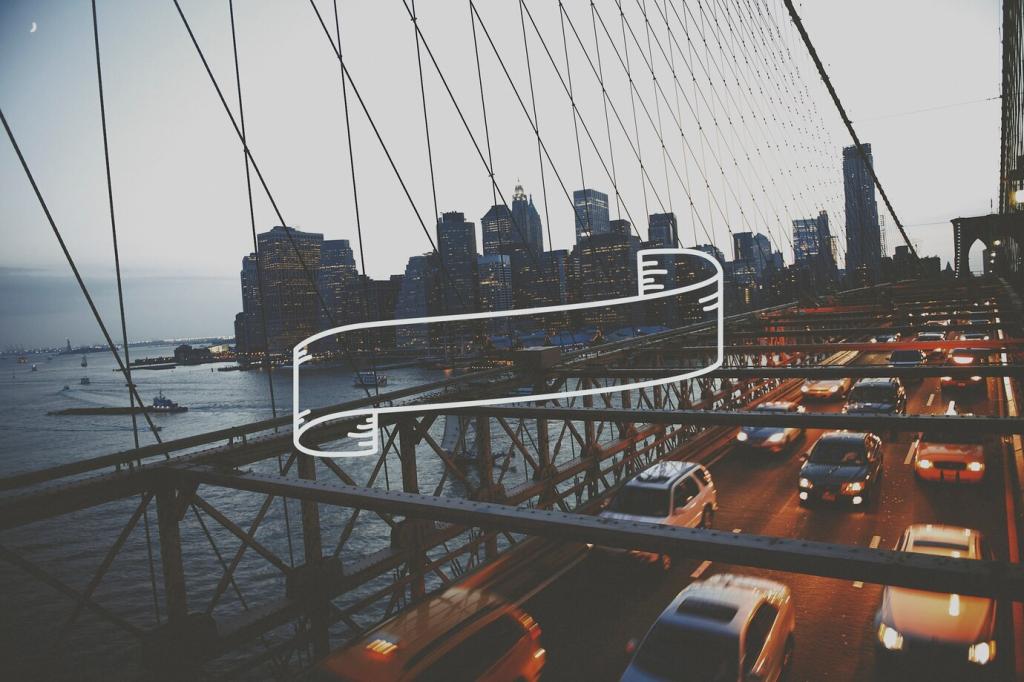
Saying hi to a grocer, noticing a new mural, pausing for a street musician—tiny moments accumulate into belonging. The more often we loop familiar blocks together, the deeper our attachment and mutual care grow.
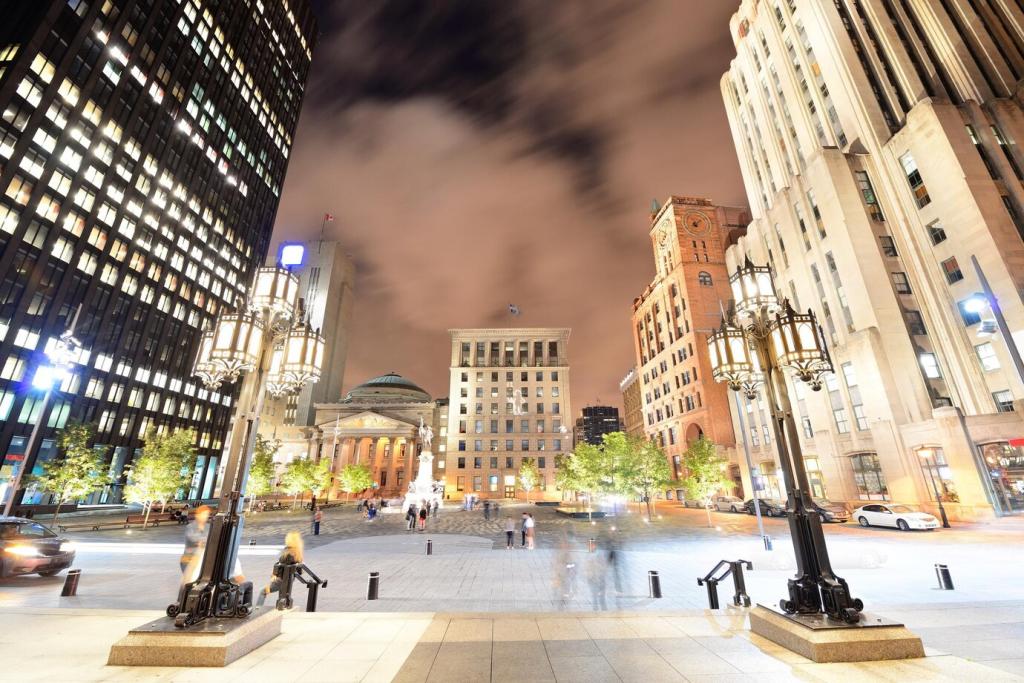
Our readers recall a retired nurse and a teenage skater sharing playlists during a dusky loop. That unlikely exchange softened tensions, seeded mentorship, and turned a once-avoided corner into a cheerful meet-up spot.
Designing Streets That Invite Every Step
Lighting, edges, and eyes on the street
Warm, continuous lighting, active ground floors, and windows facing sidewalks create natural supervision and comfort. As Jane Jacobs argued, busy edges keep blocks lively, safer, and friendlier for evening strolls with neighbors.
Comfort cues: benches, trees, shade
Frequent benches, shade trees, and water fountains extend who can participate. Canopies reduce heat stress, making summer walks feasible for elders, parents with strollers, and anyone easing back into movement after illness.
Crossings that say 'you first'
Raised crosswalks, curb extensions, longer signal times, and audible beacons invite pedestrians to lead. These small interventions reduce crashes while signaling respect, nudging hesitant walkers to try that after-dinner lap.
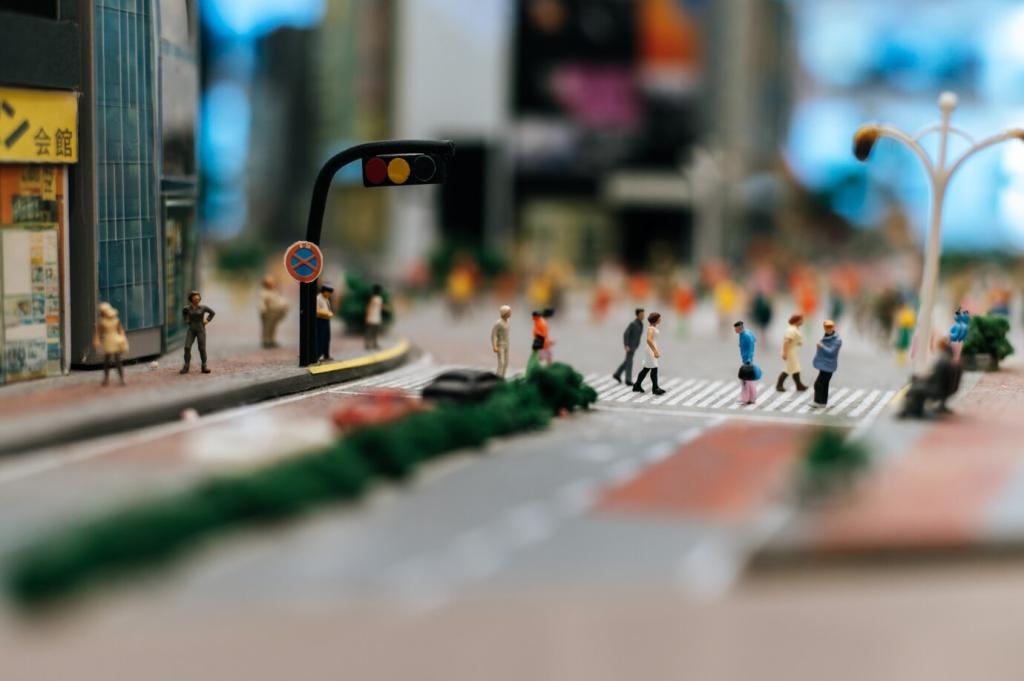
Health Gains You Can Feel and Measure
A brisk thirty-minute walk, five days a week, meets World Health Organization guidelines. It helps blood pressure, blood sugar, and joints while staying social and sustainable, especially when routes include short hills and playful detours.
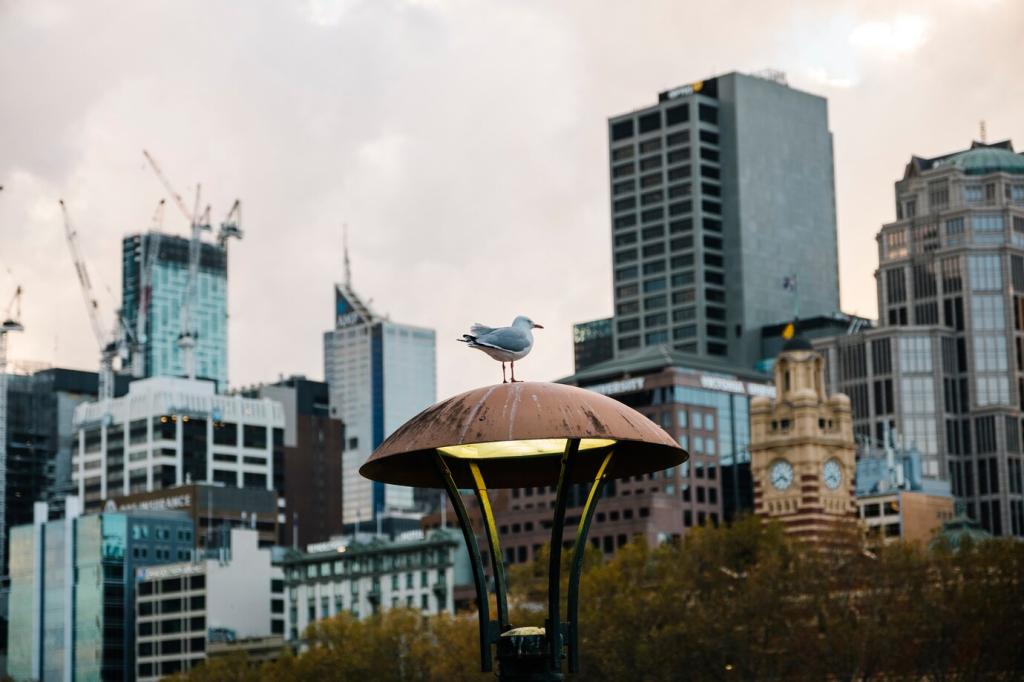
How to Start a Neighborhood Walking Club
Choose a two-to-five kilometer loop with shade, benches, and a transit stop near the start. Keep the schedule consistent—say, Thursdays at 6 pm—so people can build it into family routines.
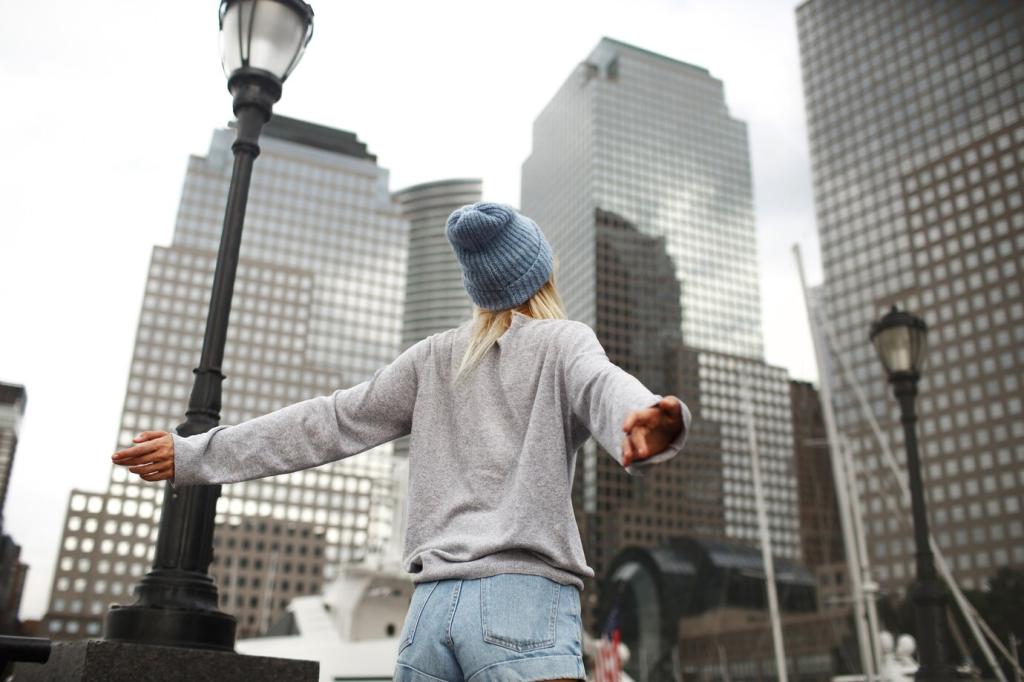

How to Start a Neighborhood Walking Club
Print simple flyers, create a WhatsApp group, and post multilingual invites. Promise a conversational pace, clear wayfinding, and no one left behind. Ask a neighbor to be the greeter each week.
Safety, Accessibility, and Everyone’s Comfort
Curb ramps, smooth surfaces, and gentle slopes matter. Place seats every four hundred meters and ensure doorways don’t jut into paths. Invite wheelchair users and parents to co-design routes during a friendly test lap.
Safety, Accessibility, and Everyone’s Comfort
Campaign for twenty-mile-per-hour limits, speed humps, and daylighted corners. Advocate politely but persistently at council meetings. When streets slow down, voices rise, and crosswalk conversations feel relaxed rather than rushed.
Safety, Accessibility, and Everyone’s Comfort
Schedule around prayer times, shift work, and school pickups. Encourage women-led and youth-led outings. Set clear boundaries for photos and pace so everyone’s presence feels respected, seen, and never pressured.
